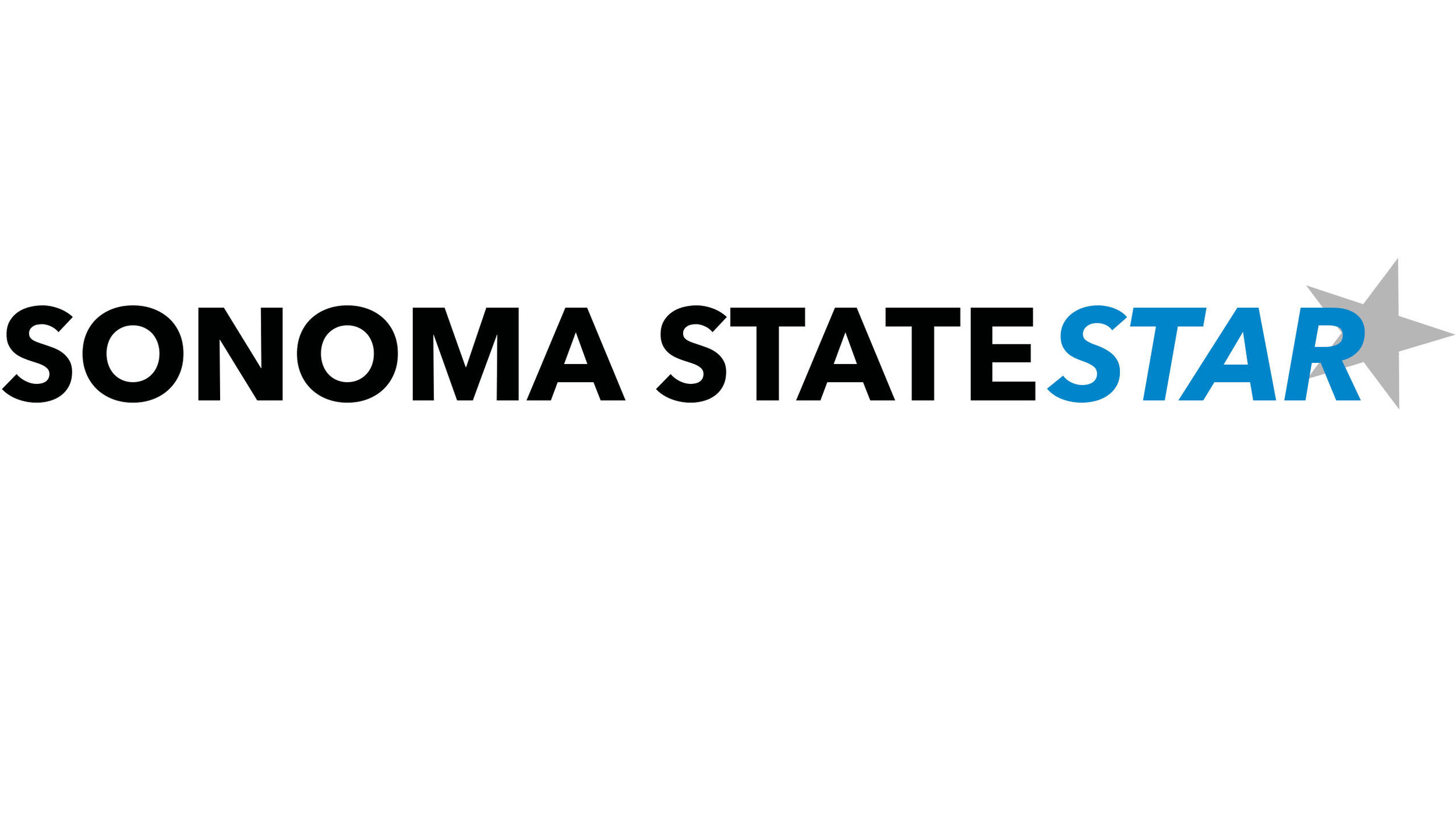Students’ safety at risk due to lack of COVID-19 precaution
/While Sonoma State students move back into the dorms and return to in-person instruction, their newfound sense of normalcy hangs in the balance as the university’s COVID-19 prevention protocols continue to fall short. Daily wellness checks, proof of vaccination, and a green check on the health center page seem to be ineffective in preventing infection, as emails detailing new COVID-19 cases on campus are sent out multiple times per week.
In an email to the entire campus community on Sept. 1, Director for Emergency Services and Associate Risk Manager Missy Brunetta explains that the rise in COVID-19 cases is not due to increased transmission rates, but to the rise in campus occupancy. The email states, “When we factor in the number of people who are now on campus, the rate of infection has decreased. In Fall 2020 and Spring 2021 the average rate of infection on campus was 4.0 per 1000 people, while the rate of infection for Fall 2021 thus far is averaging 2.5 per 1000 people.”
This seems to be a sound argument, the only problem being that, according to Brunetta, “Campus-wide notifications will not be issued for exposures that occur off campus or in private residences, including those that occur solely in the residence halls.”
Arguably the most concerning aspect of this statement is the fact that the university is omitting information about residence hall exposures, which are still technically on campus. The email explains that only students known to be directly exposed are notified, which leaves an alarming amount of residence hall occupants in the dark. Who’s to say students in the same village as a person who tested positive for COVID-19 don’t deserve to hear about it? While the daily wellness check forms are in place in the dorms to track exposures, they don’t do much to inform students and keep them safe.
The daily wellness survey is one of the biggest COVID-19 prevention measures SSU has adopted thus far. Students visiting campus or living in the dorms are required to fill out these forms each day, in order to help the university track exposures. While they had good intentions in implementing this practice, there is little to no accountability involved on the receiving end.
As many students have seen and experienced so far this semester, nobody is checking vaccination status or daily wellness forms on campus. According to Zero Carey, residential advisor and fourth year Anthropology major, “The cafeteria doesn’t even ask you for [proof of vaccination/wellness clearance] anymore and there’s no checking done during in-person classes.”
Additionally, students could easily lie on wellness checks in order to avoid missing class or being sent to isolation, and there’s no way to ensure everyone is being truthful. Students are not being incentivized to be truthful about their health, partly due to attendance grades. Some courses outline a policy stating students are only allowed to miss a certain amount of classes before it begins to affect their grade, with little sympathy for suspected illness or exposure precautions.
Carey went on to say, “There’s room to be dishonest and people don’t want to go through the system and not get cleared. There’s no incentive to be honest.”
In the midst of a pandemic where the incubation period for the virus is two weeks, the fact that there are professors unable to muster up more than a two or three excused absences is absurd. Attendance is beginning to come before personal and group safety in the minds of students, and nothing is being done to remedy the situation. What happened to “person first, student second”?
Another seemingly helpful safety precaution the university has employed this semester is the vaccination requirement. This was a huge step in the right direction for the entire CSU system in theory, but the requirement does not seem to be maintained well at SSU.
When visiting SSU’s COVID-19 information site, there is a vaccine FAQ tab where one would find information about vaccination requirements on campus and how they work. When clicked, there’s just an error message, preventing students from accessing important information on how to get cleared and how everything works.
Sonoma State had nothing but good intentions in implementing these COVID-19 safety protocols, but they are not working as intended and peoples’ lives are at stake as a result. The solution to this problem is to start holding people accountable. Professors need to be checking wellness screening statuses before each class, vaccination status needs to be checked and enforced, and the university needs to keep a closer eye on the systems they worked so hard to get up and running. If safety is the number one priority like every campus spokesperson claims, then why are administrators skipping out on important safety precautions and allowing students to slip through the cracks?

